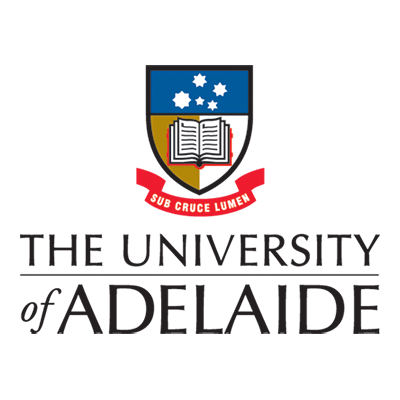Breast cancer breakthroughs: dual innovations spark hope

Sponsored by

Sponsored by

Two breakthrough treatments from the University of Adelaide are set to reduce harmful side effects and boost survival rates for the most common cancer found in women: breast cancer.
Chemotherapy is one of the best tools we have against cancer, but it is a blunt instrument. Its side effects are severe: hair loss, nausea, immunosuppression, even infertility. Likewise, existing hormonal therapies can have undesirable side effects leading to non-compliance. Fortunately, two new research breakthroughs at the University of Adelaide are set to reduce reliance on both.
The first is a novel strategy for treating estrogen receptor-positive (ER+) breast cancer.
Seventy to 80% of breast cancers are treated by inhibiting estrogen production or estrogen receptor activity; while initially successful, around 30% of patients develop a resistance to the drugs over time. Resistance is associated with metastatic disease, or disease that spreads to other organs, which is the main cause of breast cancer deaths.
A team in the Dame Roma Mitchel Cancer Research Laboratories (DRMCRL), led by Professor Wayne Tilley, has experimented with an alternative hormonal approach to treat ER+ breast cancer. The new approach increases activity of another hormone pathway often incorrectly considered relevant only to men: androgen hormones and the androgen receptor (AR). The research has proved that activation of AR in ER+ breast cancers using an androgenic drug can more effectively limit tumour growth than current anti-estrogenic or ER-targeted therapies.
“Our research is showing promising results for patients with advanced breast cancer who are otherwise resistant to treatment with ER targeting drugs,” Prof Tilley said.
Amazingly, in addition to fighting cancer, this approach may improve a patient’s overall health, as androgens play a crucial role in cognitive function, bone and muscle health, and overall wellbeing. This would have greatly improved treatment for Chloe Marshall, a young Adelaide mum who was diagnosed with breast cancer in 2017.
“The anti-estrogen treatment that I experienced was one of the hardest parts of having cancer; the impact it has on your mind, life and body is incredibly challenging,” she says.
“I wish this new androgen treatment for ER-positive breast cancer was available in 2017.”
This is not the only breast cancer-related advancement from the University of Adelaide. Associate Professor Theresa Hickey, head of breast cancer research in the DRMCRL, has tackled a different challenge with a less common but equally deadly cancer type: triple-negative breast cancer.
Triple-negative breast cancer often grows and spreads more rapidly than other types of breast cancer, especially in younger, pre-menopausal women. Unlike ER+ breast cancer, where estrogen receptors provide a clear therapeutic target, triple-negative therapy has numerous, complex drivers. For this reason, chemotherapy has been the only treatment option available—until now.
‘Our new strategy attacks a factor all those cancer drivers rely on,’ explains Assoc Prof Hickey. ‘If triple-negative breast cancer were a race car, this new treatment works by pulling the spark plug.’
Her team’s new oral drug blocks a specific protein in triple-negative breast cancers called CDK9, responsible for accelerating cancer cell growth. By targeting this protein, the drug effectively halts the progression of cancer—and leaves healthy cells unharmed.
The research is in the early “proof-of-principle” stage, requiring further development and human trials, but it’s clear that one day, this drug could defang the fiercest form of breast cancer.
What’s next?
Clinical trials will establish the efficacy and safety of these novel treatments. The team in the DRMCRL is also investigating the use of androgenic drugs as a preventative strategy. Current options for women at high risk of breast cancer are limited to surgical breast removal or anti-estrogenic cancer drugs currently used to treat breast cancer. These drugs and undesirable side effects associated with surgery limit uptake by healthy women without cancer, so another option would help prevent many cases.
Artificial intelligence will also likely become more involved in identifying drug targets and predicting treatment outcomes based on assessment of the initial biopsy tissue, which could accelerate the development of next-generation therapies and identify women who are most likely benefit from those interventions.
Right now, breast cancer is treatable. But as our understanding about the interplay between hormones and cancer improves and our treatments become more advanced, tolerable, and effective for prevention, maybe we can look forward to the day cancer becomes curable.